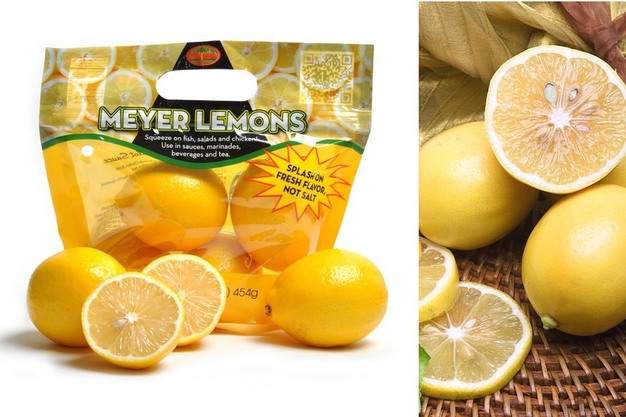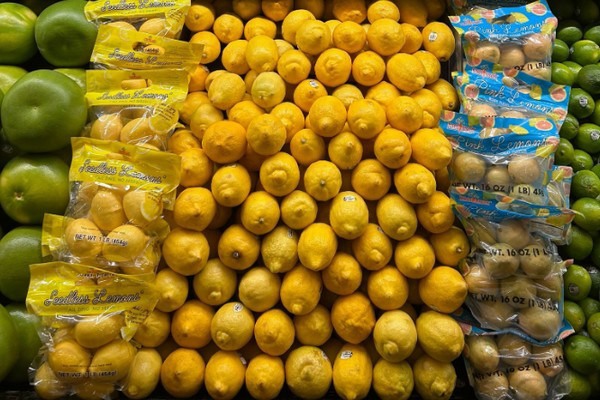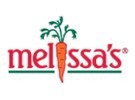Recent rains in California were a welcome development for the lemon crop. "Things had been dry in the fields there but the rain was a good blessing to a lot of the citrus in the Central Valley," says Robert Schueller with Melissa's Produce, adding that that's predominantly where U.S. supply is coming from at the moment. "Supply is pretty good right now on conventional lemons, which has seen 12 percent growth in the category, and we're a bit shorter on organic supply." (Organic lemons have seen 15 percent growth in the category.)
He does note that lemon supply tends to tighten up towards summertime and supply is at its tightest between August and September ahead of new crop lemons in October.

Meyer lemons have seen eight percent growth in the category, while the organic option of Meyers has seen five percent growth.
Along with conventional lemons, which the company offers generally in 120 and below sizing for 40 lb. cases, Melissa's is also shipping the specialty Meyer lemons–a smaller lemon with a deeper yellow peel color and a slightly sweeter flavor–from California. This variety has seen eight percent growth in the category, while the organic option of Meyers has seen five percent growth. "That season ends in March and then we source Meyers from Chile because it's become much more popular," says Schueller, adding that this continues until the summer months. After Chile, Melissa's imports Meyer lemons from New Zealand to keep supply going almost year-round.
Seedless gaining ground
While lemons generally are a common ingredient in many dishes, there is category growth in other specialties aside from the Meyer lemon. "The seedless lemon continues to grow in the category with 17 percent growth because consumers are interested in seedless options like they are with grapes," says Schueller, adding that it carries 12x 1 lb. net bags because customers are leaning increasingly towards "grab and go" options for seedless, organic, Meyer and pink lemons.
 Grab-and-go lemon options are popular with consumers.
Grab-and-go lemon options are popular with consumers.
Melissa's also offers another grab-and-go option that's gaining popularity with consumers–a bag of both lemons and limes. "In the U.S., lemons were always more popular but the growth in global cuisines has made limes gain popularity," says Schueller, noting that the majority of the lime supply in the U.S. comes from Mexico.
Then there is also the pink lemons–a fruit with a pink interior that's less tart than a regular lemon–which has a more limited supply window of about six months of the year, October- February approximately. It has seen growth of two percent in the category.
Overall for lemons, demand is strong.
 For more information:
For more information:
Robert Schueller
Melissa's Produce
Tel: +1-800-588-1281
roberts@melissas.com
www.melissas.com
